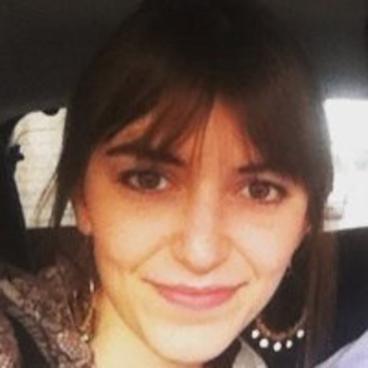
INTERVIEW
Mimics Innovation Awards Runner Up 2020: Giulia Luraghi
Does clinical data quality affect fluid-structure interaction simulations of patient-specific stenotic aortic valve models
Analyzing clinical data to understand the impact on cardiac valve models
What was the dream?
To improve stenotic aortic valve analyses in the new field of the "in silico medicine" by establishing evidence-based protocols for data collection and for building patient-specific numerical models.
What was the challenge?
Transcatheter Aortic Valve Implantation (TAVI) is a minimally invasive treatment whereby a replacement aortic valve is implanted using a catheter, rather than via invasive surgery. Introduced in 2002, this procedure has revolutionized the treatment of valvular heart diseases such as aortic stenosis.
However, not every patient is a suitable candidate for TAVI, as certain technical and anatomic criteria must be met. Also, unlike in surgical valve replacement, the size of the replacement valve needs to be determined in a non-invasive way prior to the procedure. To predict post-TAVI outcomes and support pre-procedural planning, teams use clinical data to build patient-specific numerical models. Dr Luraghi and her team wanted to determine how the quality of this clinical data, i.e. CT spatial data and pressure measurements, impacts the accuracy of the numerical models built, and the subsequent conclusions drawn.
What were the results?
The researchers looked at clinical data that was collected in the pre-TAVI phase for seven patients with severe aortic stenosis. Taking CT imaging data as a basis, they reconstructed 3D geometries of the aortic root, native tri-leaflets valve and calcifications using Materialise Medical software. The team then carried out Fluid-Structure Interaction (FSI) simulations using data gathered with Transthoracic Doppler Echocardiography (TTE)
When comparing the clinical data with the numerical models in terms of aortic annular sizing and jet velocity, they found that results differed by up to 52% and 39% respectively. Further sensitivity analysis suggested that the slice thickness of the CT scan had the most impact on the accuracy of the results. Overall, their research confirmed the hypothesis that the quality of clinical data, notably in terms of the CT images that are used to reconstruct the aortal geometry, is crucial in developing accurate models that can support decision-making.
Why this research won
Using Materialise Medical software as the basis for their work, the researchers demonstrated the importance of developing realistic and accurate FSI patient-specific models to support pre-procedural TAVI planning. In exploring and confirming best practices regarding CT spatial resolution, they have laid the foundations for establishing evidence-based protocols for the collection of clinical data for FSI simulations. We applaud this study for its highly practical application in offering personalized care that can directly improve outcomes for patients.
L-101830-01, L-101840-01
Share on:

Biography
Giulia Luraghi
You might also like
Never miss a story like this. Get curated content delivered straight to your inbox.
